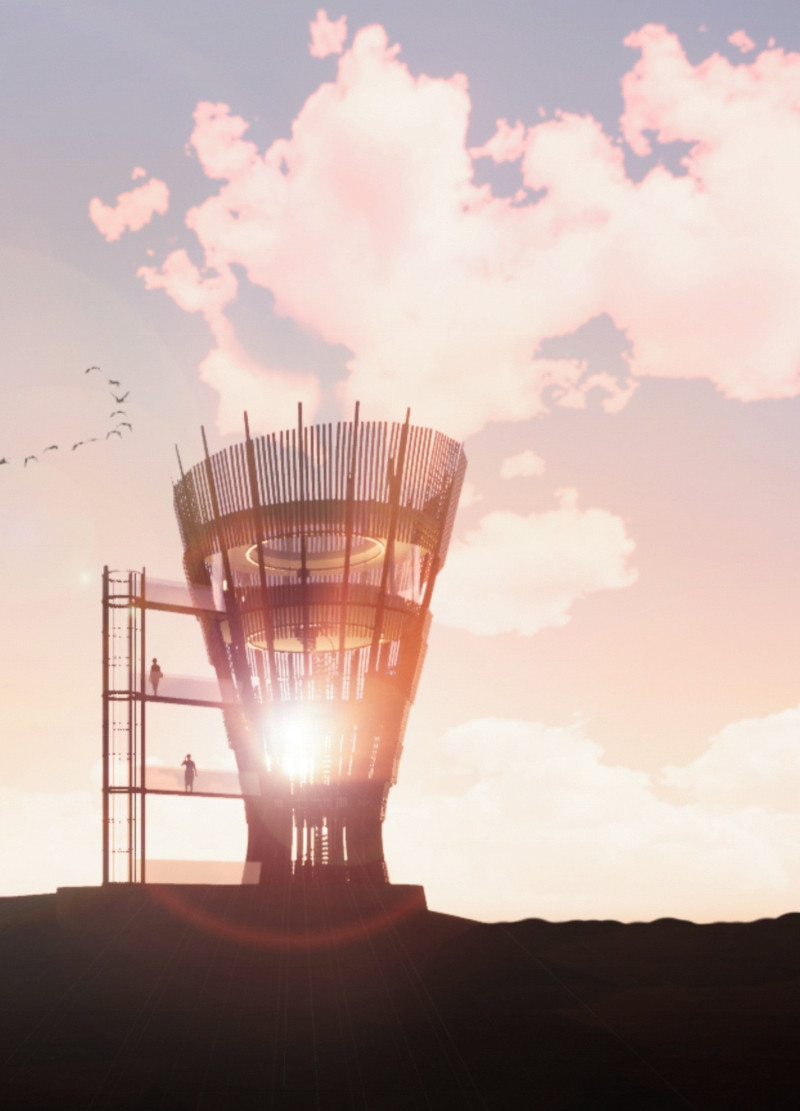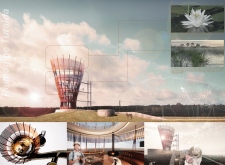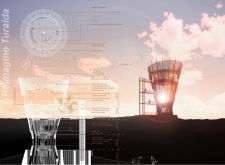5 key facts about this project
The Kurgi Observation Tower is an architectural project located in the North Vidzeme Biosphere Reserve of Latvia. This structure serves as a viewing platform that allows visitors to engage with the natural landscape while also offering a space for educational activities. The design incorporates elements that reflect the site's historical context and ecological significance, resulting in a facility that connects users with their environment.
The primary function of the Kurgi Observation Tower is to provide an observation point for visitors to appreciate the surrounding flora and fauna. This facility also features an educational space that highlights the biodiversity and ecological stewardship of the area. The design ensures accessibility for all individuals, incorporating features such as ramps and lifts, which enables a broader audience to experience the landscape.
The tower's design demonstrates several unique approaches that differentiate it from typical observation platforms. The spiraled form resembles local flora, particularly the white water lily, creating a visual link to the native environment. This architectural choice not only serves an aesthetic purpose but also reinforces the tower's connection to its ecological context. The structure's verticality promotes an upward journey, encouraging exploration while offering panoramic views.
The use of materials in the Kurgi Observation Tower is deliberate and context-sensitive. Corten steel is employed for its durability and weathering qualities, allowing the structure to blend into the landscape over time. Timber is applied in the cladding, providing a warm tactile experience. Cast stone is used for paths and foundational aspects, ensuring stability in the diverse weather conditions of the region. The incorporation of glass in the upper levels enhances connectivity with the surrounding environment while allowing natural light to permeate the interior.
The building is organized into distinct levels, each serving a purpose that complements the overall visitor experience. The ground level accommodates a foyer and educational displays, introducing visitors to the ecological context of the reserve. Intermediate levels contain viewing areas that provide uninterrupted sightlines of the landscape, while the top floor features a café, allowing for relaxation and social interaction amid nature.
By focusing on biophilic design elements, the Kurgi Observation Tower promotes a sense of well-being while fostering a connection with the natural environment. The thoughtful integration of technology reflects modern sustainable practices, optimizing energy efficiency without detracting from the structure's aesthetic appeal.
For those interested in a deeper understanding of the Kurgi Observation Tower, the architectural plans, sections, and designs provide further insights into its innovative approach and functionality. Exploring these elements will offer a comprehensive view of how the tower stands as a prominent feature within the North Vidzeme Biosphere Reserve.


























